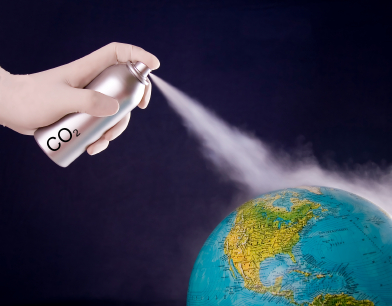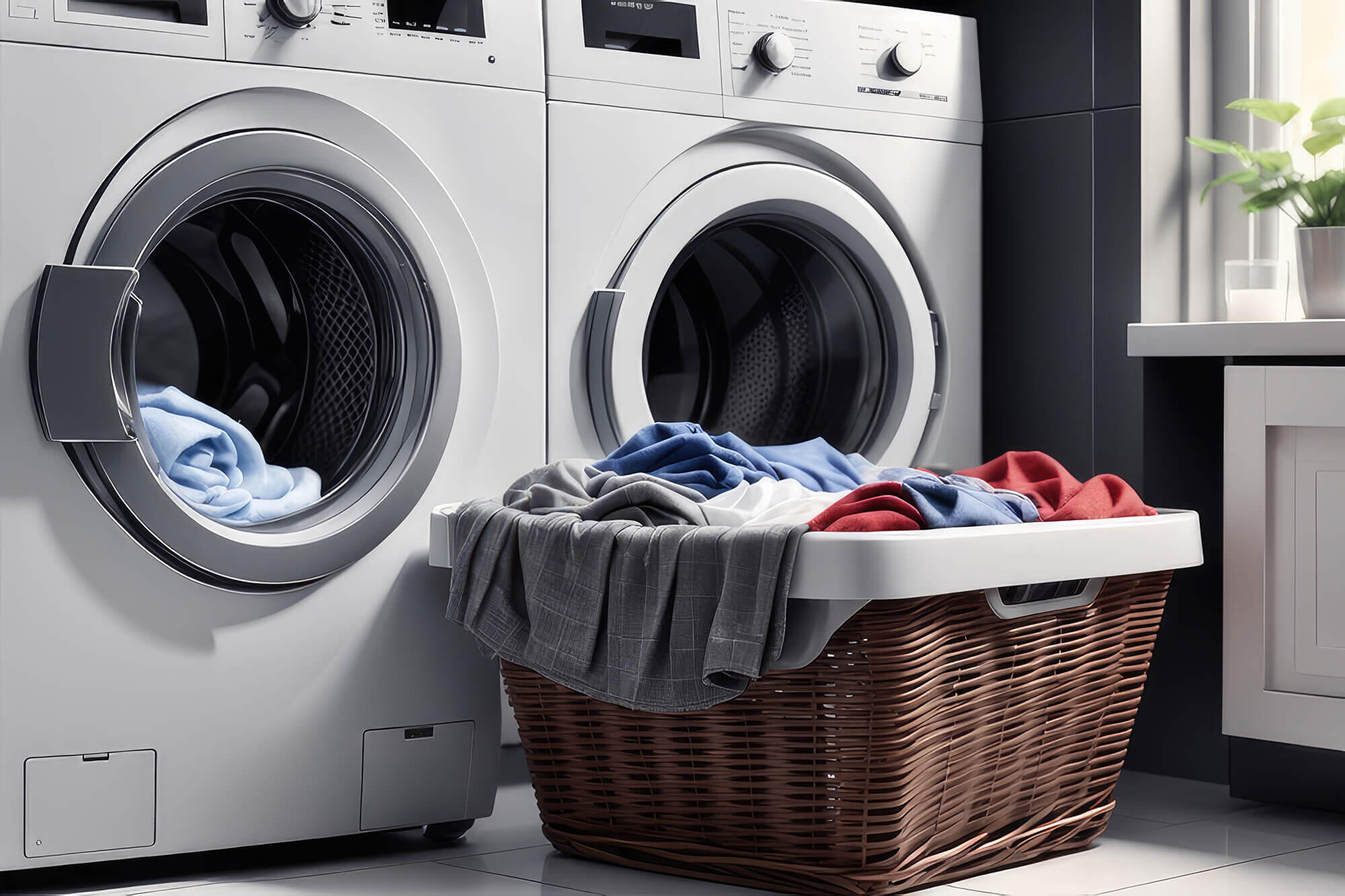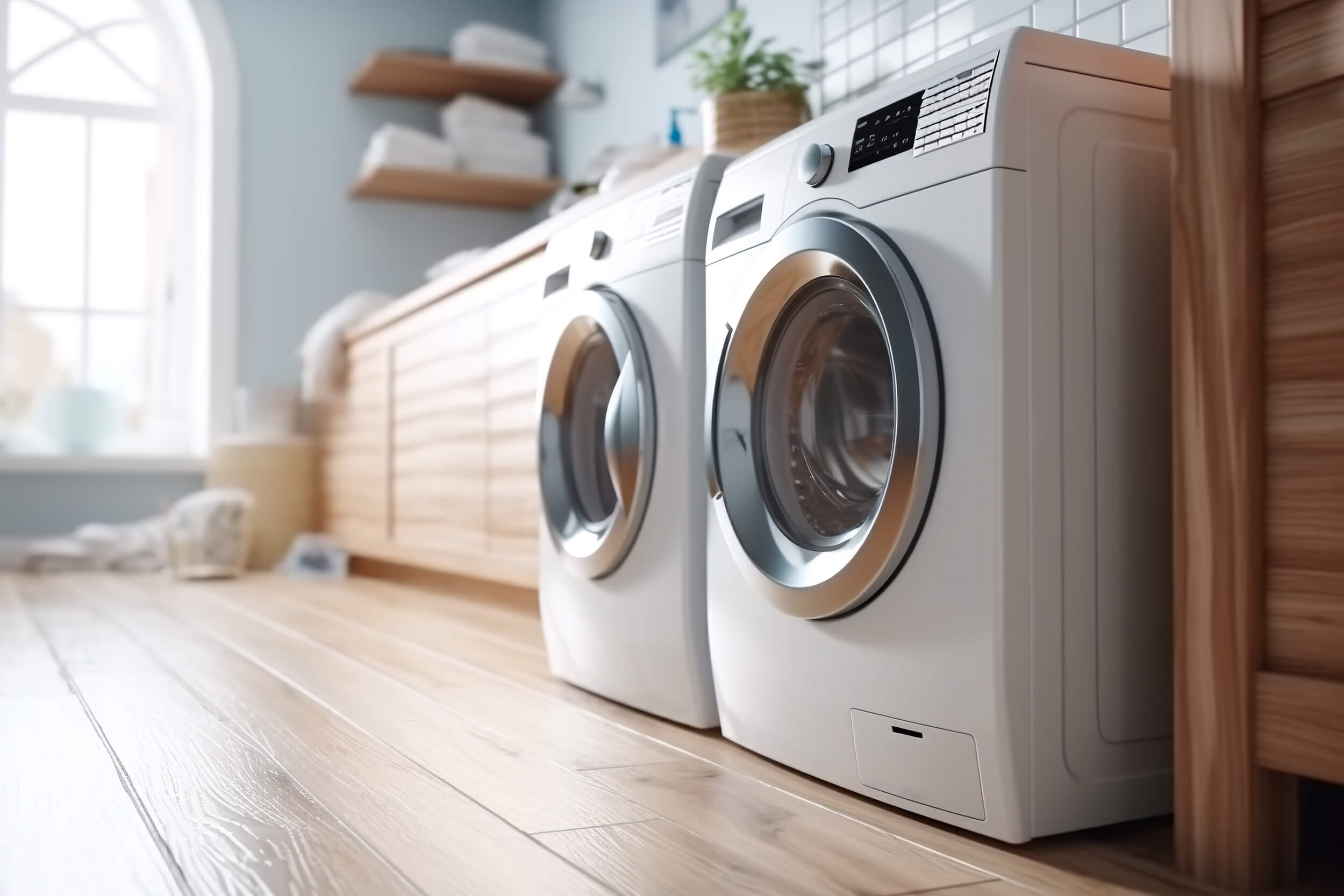...and Counting
Note: Since this blog post was published, the Obama administration has eliminated the backlog of delayed standards, issuing new standards for the 8 products referenced in the post.
In his Inaugural Speech last week, President Obama described action to limit climate change as both a moral imperative and smart economic policy. Calling for American leadership, he said, “We cannot cede to other nations the technology that will power new jobs and new industries – we must claim its promise.”
Unfortunately, of late, the administration has failed to lead in one area that is firmly in the President’s hands: saving energy and cutting pollution through improved appliance and equipment energy-efficiency standards.
Over the past two years, the administration has missed deadline after deadline for completing new or updated standards for products ranging from microwave ovens to commercial refrigerators to industrial motors. These delays impose a steep cost.
In a new analysis (note: analysis updated August 26, 2013) completed this week by ASAP and ACEEE, we found that the delays to date for eight overdue standards will result in about 40 million metric tons of excess carbon dioxide emissions. Consumers and businesses will also lose—about $3.7 billion so far.
Our analysis sh ows that each additional month of delay means consumers and businesses will lose another $300 million in savings and another 4.4 million metric tons of CO2 will be loaded into the atmosphere. Based on EPA’s climate change calculator, that’s like needlessly burning 19,000 rail cars of coal each month.
ows that each additional month of delay means consumers and businesses will lose another $300 million in savings and another 4.4 million metric tons of CO2 will be loaded into the atmosphere. Based on EPA’s climate change calculator, that’s like needlessly burning 19,000 rail cars of coal each month.
Efficiency standards save consumers and businesses money by ensuring that cost-effective technological improvements become the norm in new products. Raising standards spurs innovation as manufacturers 1) strive to both provide products meeting new standards at the lowest possible cost, and 2) stretch to differentiate profitable new super-efficient products that exceed the new minimum.
The cost of delayed standards adds up quickly. Each month of delay means millions of needlessly inefficient products will be sold. Some of these products have very long lifespans, so unnecessarily inefficient products will be wasting energy for years to come.
So, why the delay?
The Department of Energy (DOE) is responsible for developing new and updated standards. But, at least some of the blame lies with the White House’s Office of Management and Budget, the OMB. Within OMB lies the Office of Information and Regulatory Affairs (OIRA), charged with reviewing all significant new rules. OIRA takes pride in ensuring that the benefits of new regulations exceed their costs. The former chief of OIRA, Cass Sunstein, who left the office in August, has been touting appliance standards as an example of smart regulations for which “the monetary benefits dwarf the costs.”
Despite Mr. Sunstein’s praise, OIRA has been a roadblock. According to OIRA’s website, it has been reviewing some of DOE’s appliance standards for a year or more. It gets worse. A Freedom of Information Act request filed by the Natural Resources Defense Council (NRDC) in 2012 revealed that several standards had been sent to the White House for review months before OIRA publicly acknowledged receiving them. Not surprisingly, OIRA logged the rules as received soon after NRDC requested the records.
The glacial pace of review at OIRA has had a cascading effect on other important efficiency standards. With at least five new standards already stuck at OMB, DOE is now falling behind on other important standards.
It wasn’t always this way. Soon after taking office in 2009, President Obama declared that the Administration would prioritize new efficiency standards. He announced historic new standards for commercial lighting products just a few months later. DOE Secretary Steven Chu has been a vocal and engaged proponent of improved standards. Under his leadership, DOE fulfilled a 2006 court order to catch up on 22 overdue standards dating from prior administrations.
As we showed in a report last March, standards completed between 2009 and 2011 will save consumers and business about $77 billion. These standards will reduce annual U.S. electricity use by about 125 billion kilowatt hours (kWh) by 2025, growing to an annual rate of nearly 150 billion kWh by 2035. For the sake of comparison, all the homes and businesses in Colorado use about 50 billion kWh per year.
But much more can be done. Potential new or updated standards could cover about 30 products, includin g the eight which are overdue, these standards could reduce U.S. annual electricity use by another 200 billion kWh in 2025, growing to an annual rate of nearly 300 billion kWh by 2035, while saving consumers more than $150 billion. For the climate, those savings translate into nearly 100 million metric tons less CO2 emitted in 2025 and 150 million less in 2035. Using EPA’s calculator again, those emissions are equal to the annual output of more than 30 million passenger vehicles.
g the eight which are overdue, these standards could reduce U.S. annual electricity use by another 200 billion kWh in 2025, growing to an annual rate of nearly 300 billion kWh by 2035, while saving consumers more than $150 billion. For the climate, those savings translate into nearly 100 million metric tons less CO2 emitted in 2025 and 150 million less in 2035. Using EPA’s calculator again, those emissions are equal to the annual output of more than 30 million passenger vehicles.
Those are big savings that will make a meaningful contribution to reducing energy bills and addressing the climate change threat. But, unless the backlog of overdue standards can be cleared, those savings are out of reach.
For President Obama, leadership should start by taking actions firmly in his control. Whatever the reasons for the missed deadlines – bureaucratic bungling at OIRA, political expedience during an election year or just administrative drift—it’s time for President Obama to put a stop to the delays.
(see related story in Bloomberg View)
###





